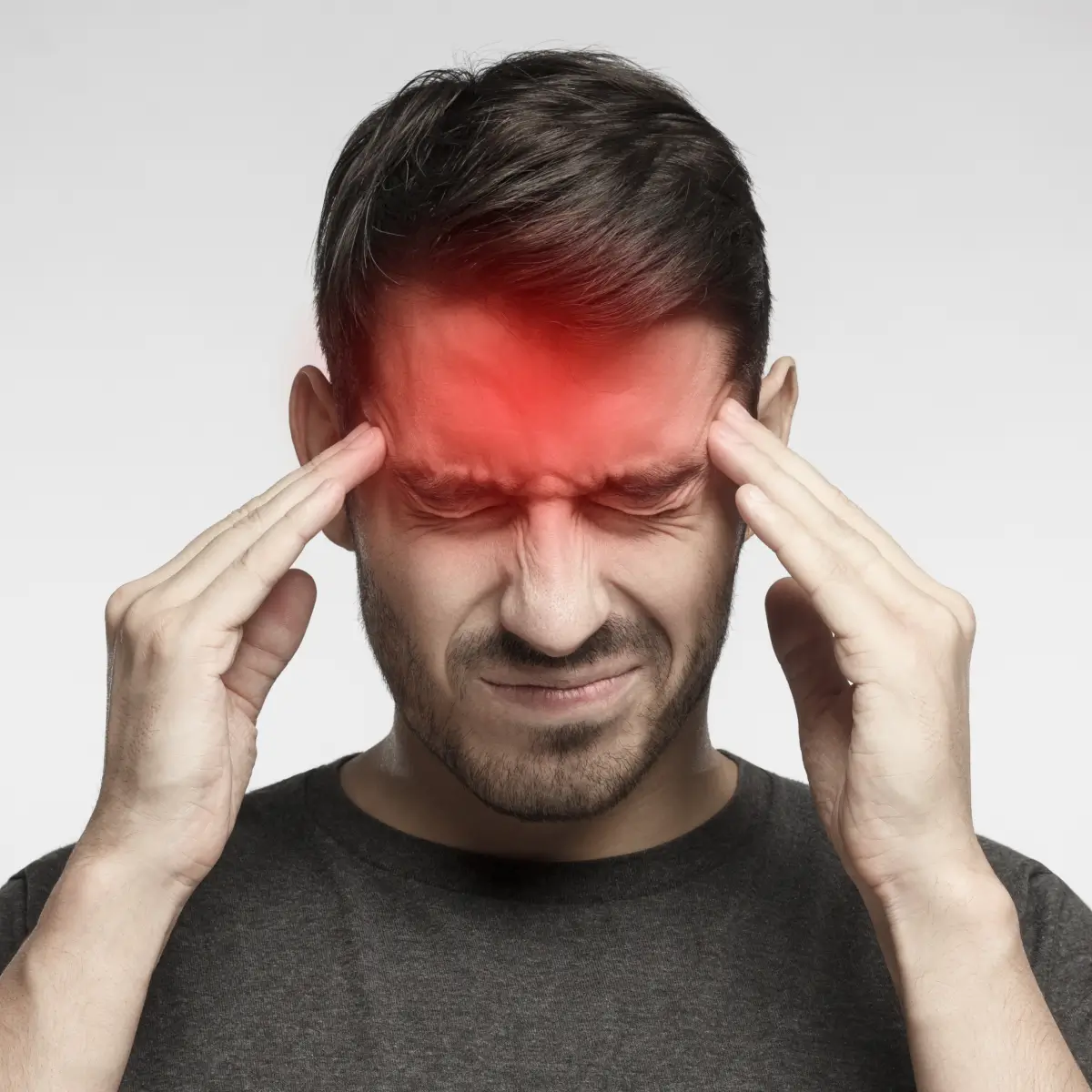Home/Wellness Zone/Sakra Blogs
9th Jul, 2025

Migraines are more than just headaches—they can throw your entire day off track. If you have ever felt that pounding pain behind your eyes, the urge to sit in the dark, or nausea that ruins your appetite, you know how disruptive migraines can be. For many, it's not just about pain; it's about missing out on work, family moments, or even simple things like enjoying a meal.
The good news is that while migraines can’t always be prevented, there are ways to live better with them. Let’s explore how to detect a migraine, discover practical migraine tips, and understand how to deal with migraines when they strike.
Spotting a migraine before it gets severe gives you a head start in managing it. Many people feel a few telltale signs hours or even days before the actual pain begins. These are some of the early signals to watch out for:
Tip: Try keeping a symptom journal. It may seem like extra work, but jotting down your sleep habits, stress levels, diet, and symptoms can help you find patterns—and take control.
These simple lifestyle changes and habits have helped many people reduce the frequency and intensity of their migraine attacks. Try a few and see what works best for you.
1. Know Your Triggers (and Avoid Them When You Can)
What brings on a migraine for one person may have no effect on someone else. Common triggers include:
Real-life tip: Keep a note on your phone of foods and activities before a migraine strikes. Over time, you’ll get a clearer idea of what to avoid.
2. Sleep Like Clockwork
Your brain thrives on a routine. Too much or too little sleep can make migraines more likely.
Remember: Quality sleep is just as important as quantity.
3. Drink More Water
It sounds basic, but dehydration is a sneaky migraine trigger.
On hot days or after workouts, add a little salt or electrolyte mix.
4. Don't Skip Meals
Your brain needs steady fuel. When blood sugar dips, migraines often creep in.
On-the-go tip: Keep a handful of nuts or a granola bar in your bag.
5. Handle Stress Before It Handles You
Let’s be honest—life gets stressful. But unmanaged stress is one of the biggest migraine triggers.
Pro tip: Don’t wait for stress to build up. Make relaxation part of your routine, not just a reaction.
6. Use Hot or Cold Therapy
Some people find relief with a cold compress; others prefer warmth.
Try this: A cold gel eye mask for your forehead, or a warm towel over your shoulders.
7. Create a Calm Space
When a migraine hits, your environment can make a big difference.
Tip: Let your family or coworkers know your “migraine routine” so they can support you.
8. Be Mindful of Screen Time
Whether it's your phone, laptop, or TV—too much screen time can be a problem.
Take tech-free breaks every few hours.
9. Get Moving—Gently
You don’t need to run marathons. Regular, low-impact exercise can actually reduce migraines.
Yoga lovers: Child’s pose, forward folds, and deep breathing can really help.
10. Don’t Delay Medications
When you feel a migraine coming on, acting fast matters.
Smart move: Set medication reminders on your phone so you never miss a dose.
11. Don’t Be Afraid to Ask for Help
If you’re struggling, see a neurologist or headache specialist.
They can:
Reminder: You don’t have to live in pain. There is help—and hope.
The emotional toll of migraines is real. When pain keeps interrupting your plans, it’s easy to feel frustrated or anxious.
Migraines may not be curable, but they are manageable. Knowing how to detect migraine symptoms early, using these migraine tips, and making lifestyle changes can help you take back control of your life. And remember, asking for help—whether from a doctor, a loved one, or even a support group—is not a sign of weakness. It’s a step toward healing.
Migraines are typically more intense and come with other symptoms like nausea, light/sound sensitivity, or aura. Headaches are usually milder and don’t last as long.
You may feel tired, moody, crave certain foods, or see flashes of light. These signs can start hours or even a day before the actual pain.
Yes! Hydration, proper sleep, stress management, and regular meals can help reduce how often you get them.
It’s tricky—some people find a small cup of coffee relieves their migraine, while others are sensitive to it. The key is to track your response.
If your migraines are frequent, worsening, or interfering with your life, see a neurologist. Don't rely on self-treatment forever.
Enquire Now
